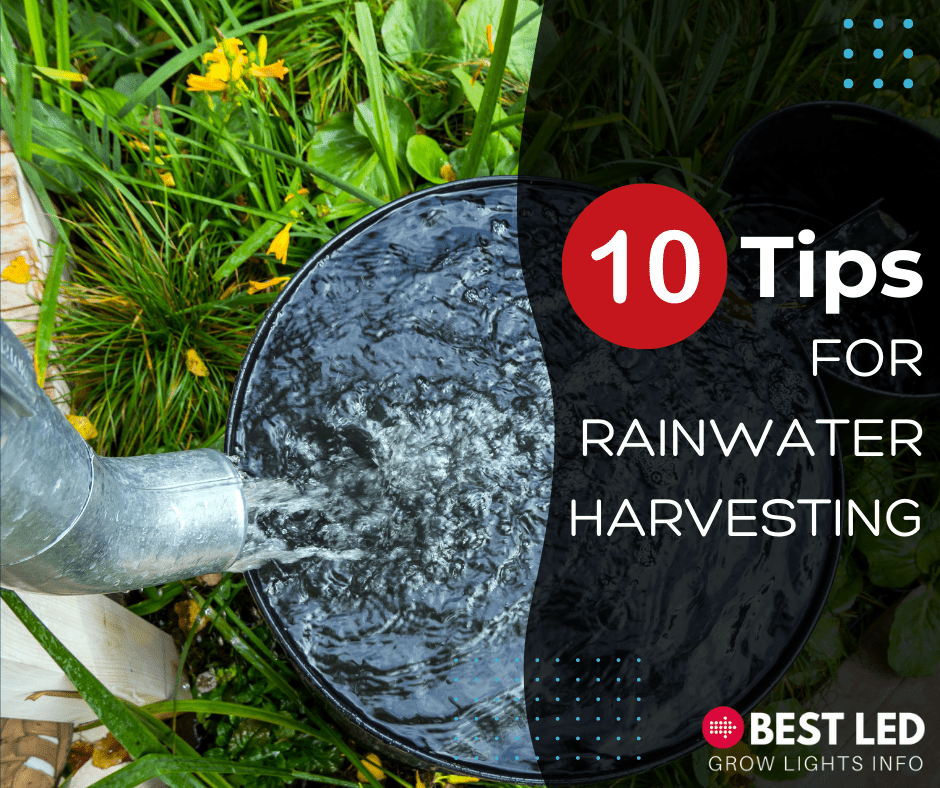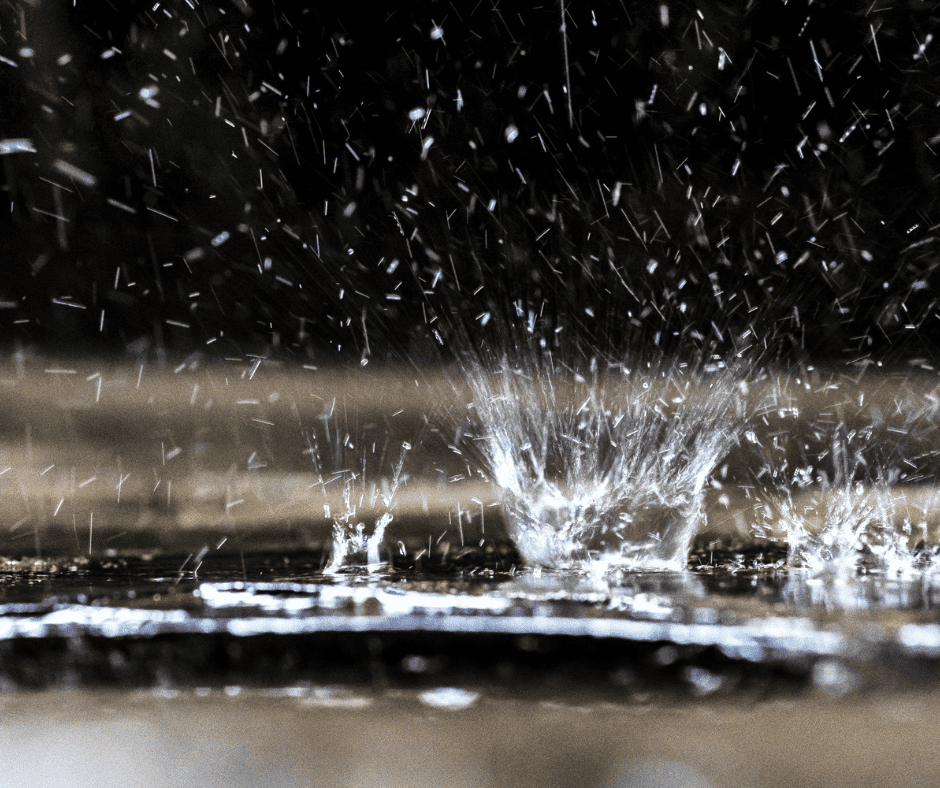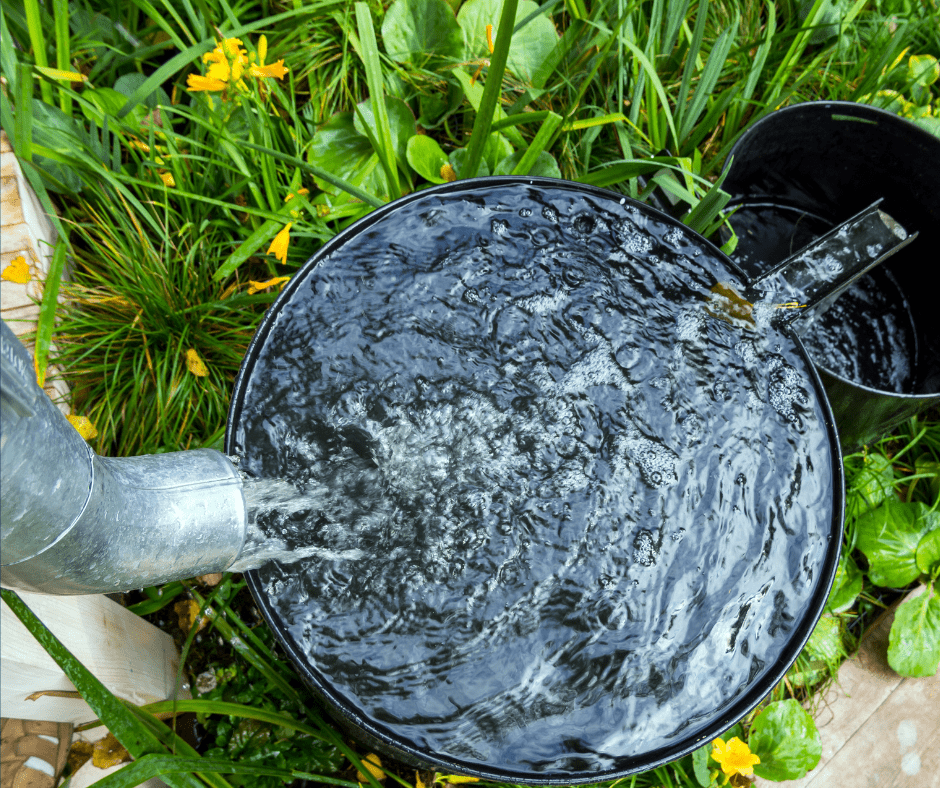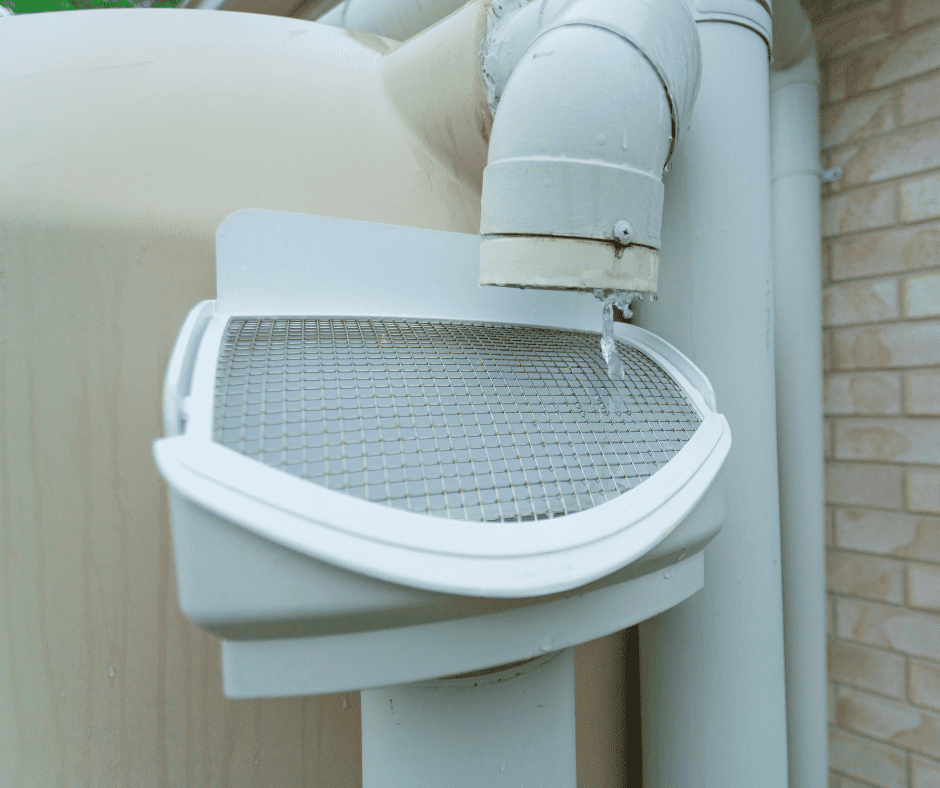10 Tips for Rainwater Harvesting
For gardeners like myself, finding eco-friendly ways to support my plants is a priority. Since saving water is something I strive to do, I explored rainwater harvesting as an alternative to using tap water.
Ultimately, harvesting rainwater is reasonably simple, and it benefits the environment. Plus, it’s potentially better for your plants, as rainwater doesn’t always contain the chemicals that municipal water services use to ensure the water is safe for consumption.
If you’re new to rainwater harvesting, you likely have some questions about it and could benefit from some of the insights I’ve gathered since I started my journey. Here are answers to common questions about harvesting rainwater and ten tips for rainwater harvesting.
What Is Rainwater Harvesting?
In the simplest sense, rainwater harvesting is collecting rain and stormwater runoff. Most people focus on the rain that comes off the roof, such as by connecting a rainwater harvesting system to a downspout attached to a gutter. However, some rain barrels don’t require a connection to a downspout, making those a viable alternative for renters or others who can’t change the gutter system.
Most people embrace rainwater harvesting because it’s a low-cost option for watering plants. It’s also environmentally friendly, supports local water conservation efforts, and allows you to avoid the chlorine often found in city water systems.
Uses for Harvested Rainwater
Generally, you can use your harvested water and rainwater in a few ways safely. What’s important to remember is that you want to focus on non-potable use. Drinking rainwater without taking specific steps to sanitize it is potentially hazardous, so it isn’t a replacement for the water you cook with or drink.
Fortunately, that doesn’t mean you’re incredibly limited on what you can do with the rain you collect. Using it to water your garden is an ideal option. You can also attach a rain barrel to an irrigation system if you don’t want to water by hand.
Rainwater is also an excellent backup for flushing toilets if your city water is turned off. You can also use it to wash outdoor areas, such as patios and driveways, or refill outdoor ponds. Essentially, as long as you’re not drinking it without treating the water first, nearly any option is on the table.
How Much Rainwater Can I Collect?
The amount of rainwater you’ll collect largely depends on how much rain you get at home. If you want to estimate how much you’ll gather during a storm, rain event or over the course of a year, there’s a basic formula you can use:
1-inch of rain x 1 square foot of collection area = 0.623 gallons
Your collection area varies depending on the process you’re using to collect rain. If you’re filling a rain barrel using a downspout, you’ll need to estimate the amount of roof area that directs into the gutter and exits through that specific downspout. If you’re using an open barrel, you can calculate the opening size.
Is It Illegal to Collect Rainwater?
Generally, it isn’t illegal to collect rainwater as long as you’re using it solely at home and you’re relying on structures that aren’t explicitly designed for rainwater collection. For example, redirecting and storing rainwater that’s coming through a downspout is typically legal, as the downspout’s primary purpose isn’t to collect rainwater.
However, there are some exceptions. For example, Colorado has strict water laws that effectively ban rainwater harvesting. Specific counties or cities in various parts of the United States may have water restrictions that also bar the practice or require permits regardless of how you intend to use the water. As a result, you’ll want to check the rules in your area before you start harvesting rainwater in any capacity.
10 Tips for Rainwater Harvesting
1. Add Screens to Your Gutters
If you’re attaching a rain barrel to your gutters or a downspout, add screens to your gutters. The screens keep large debris from getting into the gutter and traveling into your rainwater collection tank. Plus, it can avoid clogs caused by debris, ensuring water doesn’t get trapped or backed up in a downspout.
2. Choose Food-Grade Rain Barrels
Food-grade harvest rainwater barrels allow you to avoid issues with leeching. Essentially, the dyes and chemicals used to produce the rain collector won’t end up in the water. As a result, the water is safer to use on plants, particularly if you’re growing a food garden.
3. Keeping Mosquitos Out of Rainwater Collectors
Standing water usually attracts mosquitos. As a result, you want to take steps to ensure they aren’t swarming around your rainwater collectors. Mosquito covers are an excellent way to keep the pests out of your rainwater collectors. Essentially, the mosquito covers create a physical barrier, preventing mosquitos from reaching the water collected in your collection system.
4. Use Alternatives If You Don’t Have Downspouts
While connecting a rainwater collection system to a downspout is usually the easiest option, it isn’t available to everyone. Not all homes or apartments have downspouts. Additionally, renters usually can’t modify a downspout or gutter for rainwater collection.
Fortunately, there are some solid alternatives. In some cases, putting a rain barrel under a roof valley is enough, as the meeting of the two slopes creates a path for the rain to follow. You can also try a rain chain on the edge of the valley to further direct the water.

5. Look for Incentives
While some locations have rules that ban or restrict rainwater collection, others may offer incentives to encourage people to use rainwater. For example, Florida and Virginia have incentive programs. Usually, incentives range from financial compensation to state-provided equipment, so it’s wise to check and see if anything is available before you start harvesting rainwater.
6. Prepare for Freeze
If you live in an area where freezing temperatures aren’t uncommon during cold months, you must prepare for freezes. Often, that means draining your rain barrel. You might also need to remove the spigot or hose and the lid. Disconnecting it from the gutter or downspout is also potentially necessary, as well as restoring that section to ensure water doesn’t sit in a downspout.
The main reason preparations are necessary is that frozen water expands. If you don’t winterize your already stored rainwater collection properly, expansion can cause parts to break and barrels to crack. You reduce the odds of any damage by taking the time to take steps like those above before a freeze.
7. Use a Rainwater Filter
Even if you aren’t drinking the rainwater, that doesn’t mean filtering is a step you should skip. It helps remove toxins, insects, and smaller debris, ensuring that isn’t anything undesirable sitting in the water in your rain barrel.
Look for filtering systems designed specifically for rainwater collection. That way, they’re suitable for the job at hand.
8. Examine Your Roof Materials
If you’re collecting rainwater from your roof, you must ensure your roofing materials aren’t potentially hazardous. For example, asphalt shingles may contain chemicals that can pollute the water, making the rainwater unsafe for a variety of applications.
In many cases, concrete, cement, clay, and fire-glazed tiles are safe, though you’ll want to see if any colorants or sealants used represent a risk. Similarly, metal isn’t typically harmful, but any finishes or sealers could pose a danger depending on what they’re made of and their condition.
9. Choose a Safe Location for Rain Barrels
When rain barrels fill with water, they’re surprisingly heavy. As a result, you need a smooth, level surface for the rain barrel to sit. Otherwise, it may tip over when it fills, and that’s potentially dangerous.
Many people choose to create a raised pad for their rain barrels. It lets you construct a level surface and make the spigot easier to use. Since this is potentially a permanent structure, you may need a building permit. Additionally, it’s wise to ensure that the design can support the weight, so you might need to speak with an engineer to ensure that the raised area you’re creating can hold up.
10. Plan for Ongoing Maintenance
While rainwater collection systems don’t require much when it comes to collecting water, that doesn’t mean these systems won’t require some effort. You’ll need to plan for ongoing maintenance. Regular cleanings, filter replacements, and similar steps are essential. That way, your rainwater collection system is in the best possible shape and is handled with enough care to ensure it lasts.
Enjoyed this post? Pin it!








